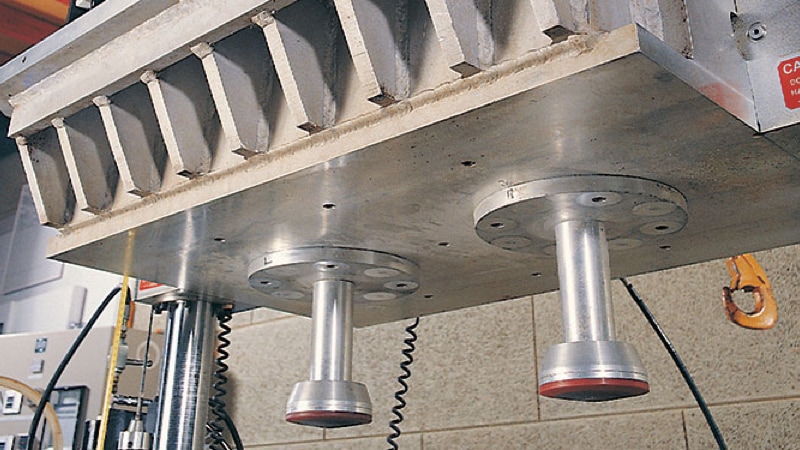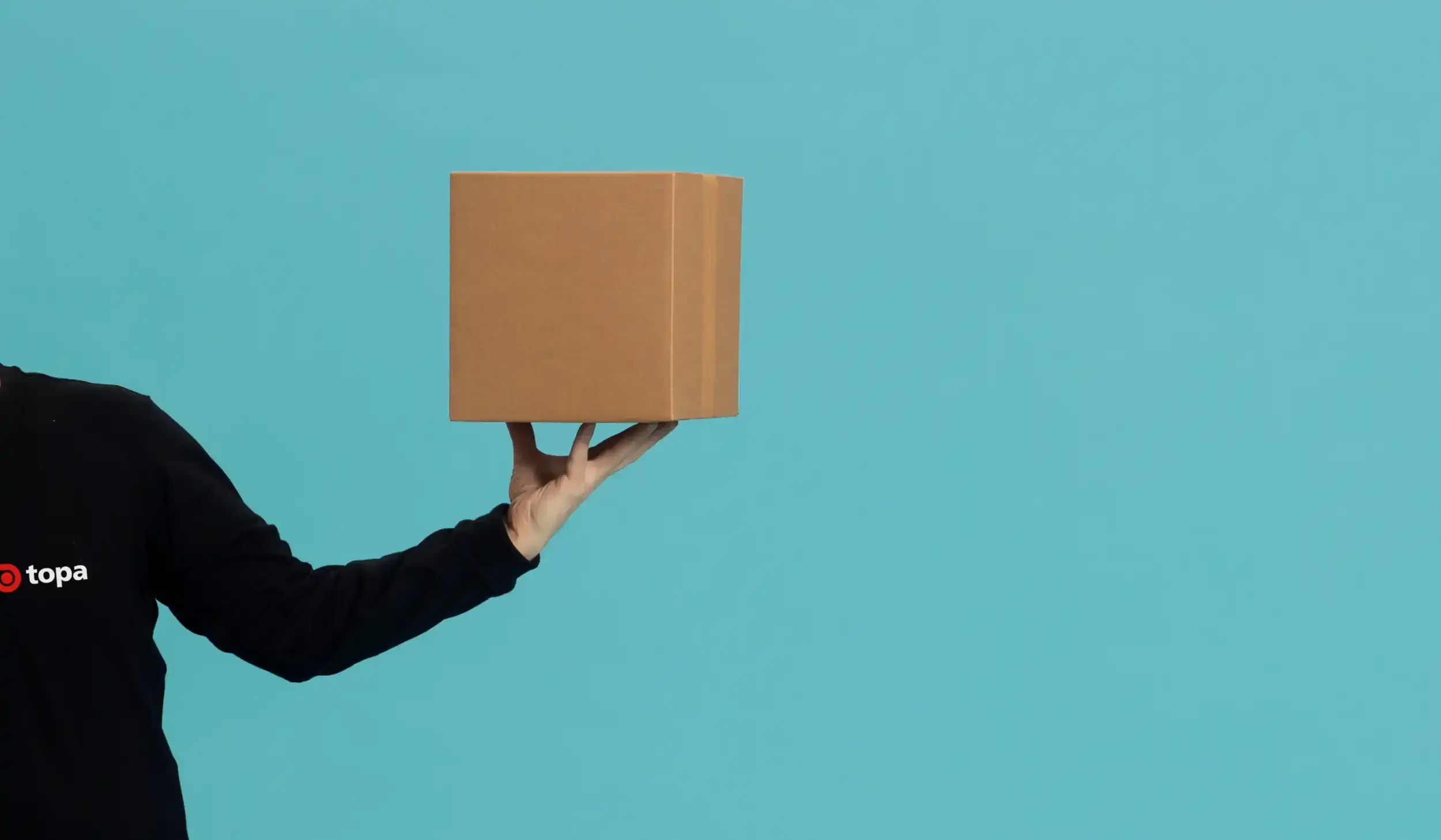Vertical shock machine

Damage to products is not always immediately visible, as is the case for electrical products that have become internally damaged due to a fall, for instance. But, of course, that is not a desirable situation.
The fragility of electrical products can be determined by means of the vertical shock machine. This machine conducts falls with products (whether or not packaged) in a controlled manner.
The results can be used to determine the most suitable buffer materials and the necessary amount of these materials, for example.
Product fragility and buffer materials
Determining product fragility The vertical shock tests can be used to draft a so-called damage-boundary curve. This curve shows at which gravitational acceleration (g) and speed change (m/s) your product will be damaged or remain undamaged. This is referred to as the fragility or critical g-value of the product. Based on this value, the amount of buffer materials needed to protect the product during transport can be determined. Drafting a buffer curve Buffer curves are used for the design of buffering packagings. These curves show the amount of buffer materials needed to protect the product properly, on the basis of the thickness of the buffer materials and the weight of the test product. The vertical shock machine can be used to draft a buffer curve per type of material.International standards
Topa Institute test in accordance with international standards such as ISO, ISTA and ASTM and accordance with customer-specific specifications. Possible international standard are:- ASTM D1596
- ASTM D3332
- ASTM D5487
Manufacturer: MTS model 846.36
- Maximum sizes test product: 91 x 91 x 91 cm
- Maximum weight test product: 590 kg
- Pulse duration: 2 - 50 ms
- Maximaum acceleration 600 g (at 136 kg test weight)
- Calibration interval: annual

